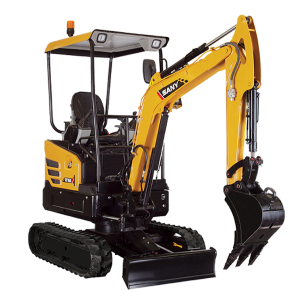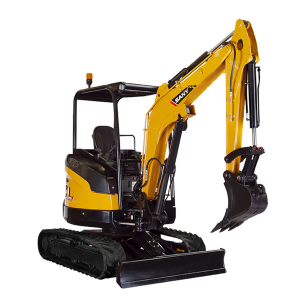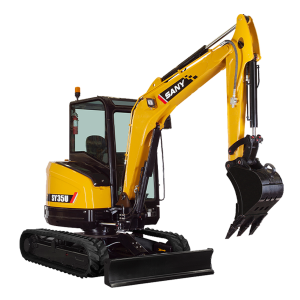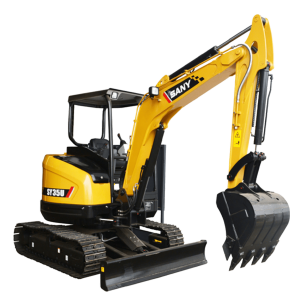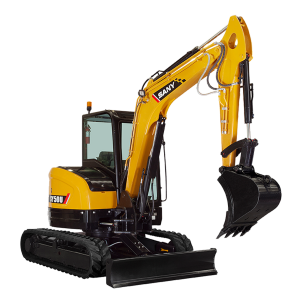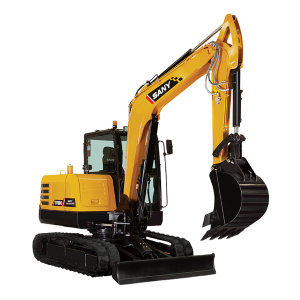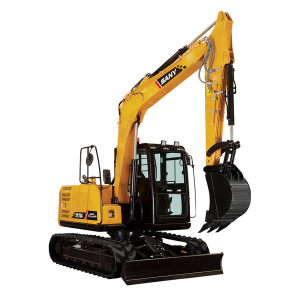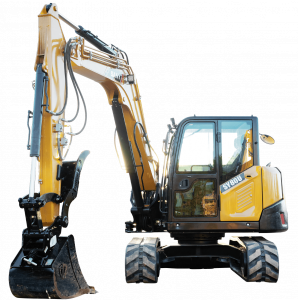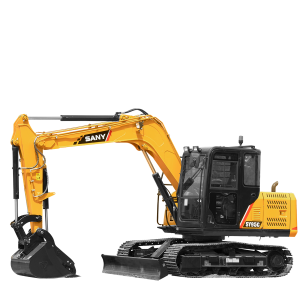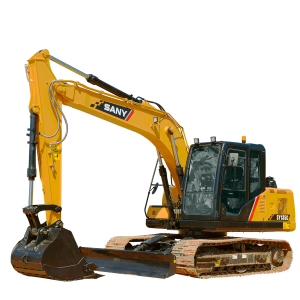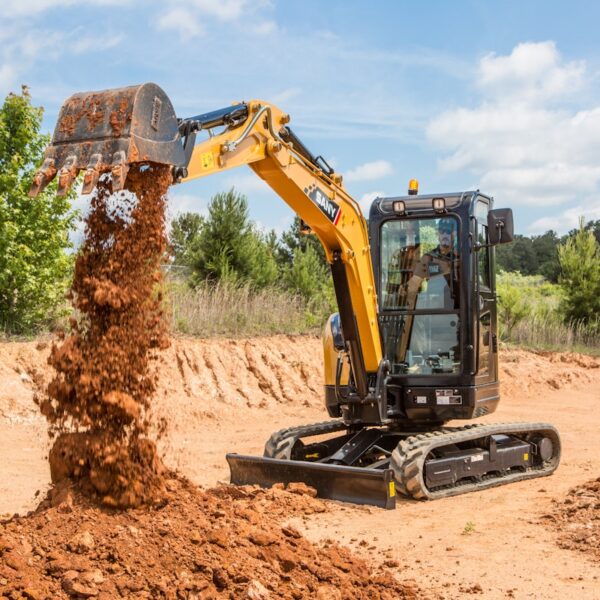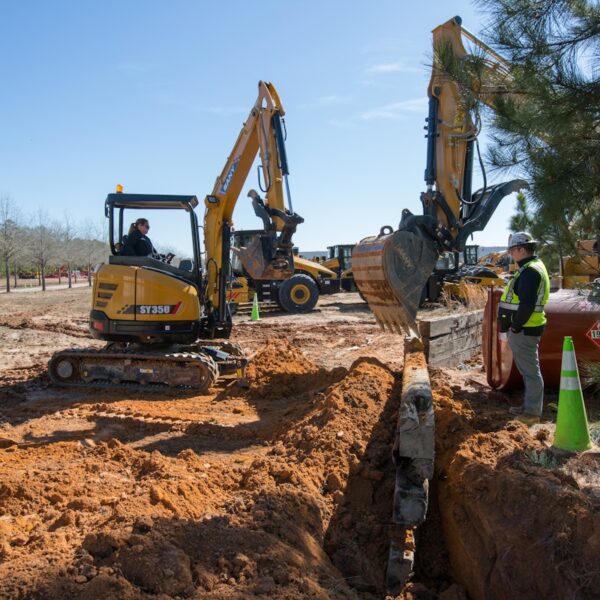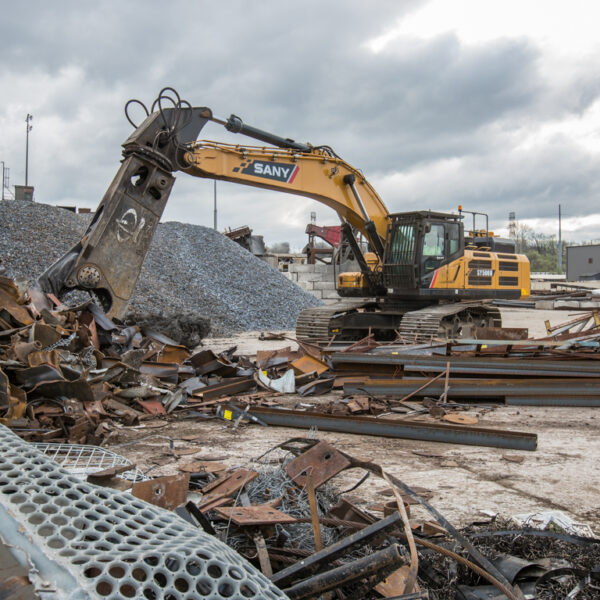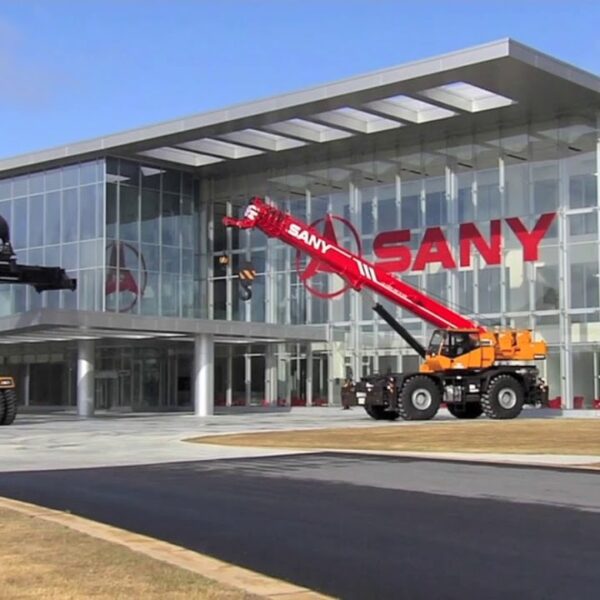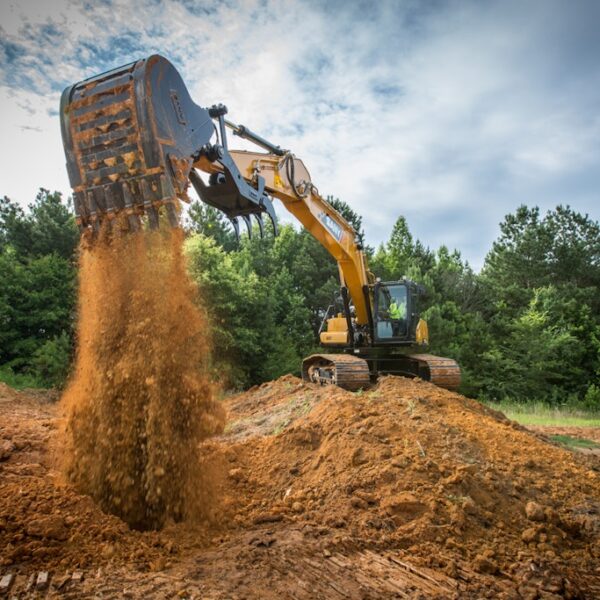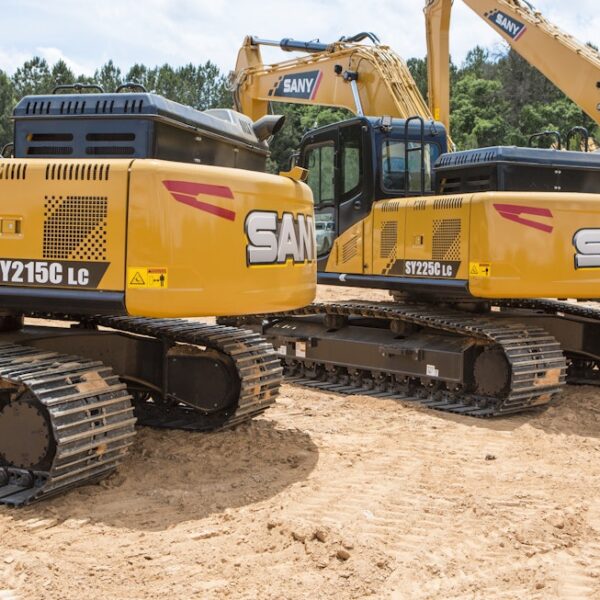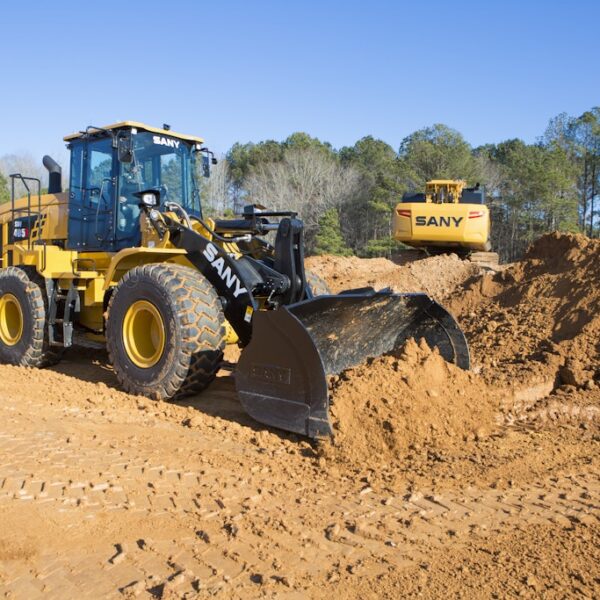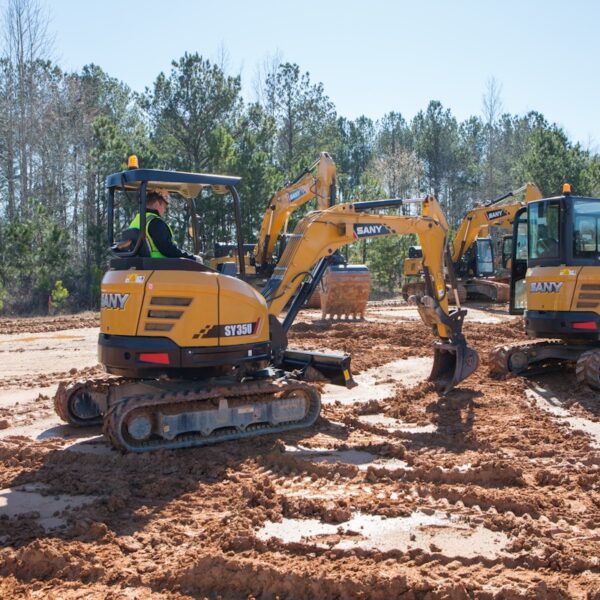It seems like sustainability has been on everybody’s minds lately. Everyone can step in and do their part to help create a greener future, and the construction industry is no exception. In the past, the construction sector hasn’t had the ‘greenest’ reputation. However, sustainable practices can benefit both the planet and construction companies‘ long-term success. Let’s explore why sustainability on the construction worksite is crucial, and examine the potential harms and waste caused by construction jobsite practices and what alternatives exist today.
The construction industry, while crucial for the development of our society and economy, can significantly pollute the environment through various practices. Fumes from heavy machines are a prime example. When construction machines idle, they release harmful emissions that contain nitrogen oxides and particulate matter, which can have adverse effects on both workers’ health and the surrounding environment. Then there’s also the matter of shipping materials. Concrete, steel, and some plastics used in construction can harm the environment due to their manufacturing and shipping methods. In these stages of development, the emission of greenhouse gases and pollutants increases the carbon footprint of construction projects.
Another big sustainability challenge is waste mismanagement on construction sites. Demolished and excess construction materials generate vast amounts of waste that, if not handled properly, often end up in landfills, taking up valuable space and further polluting the nearby soil, water and air. Couple that with the presence of unsafe chemicals on construction sites, and it’s no wonder that exposure to hazardous substances can result in acute and chronic health issues, including respiratory problems and skin irritations.
It’s not just the methods of building that can be harmful, though. Sometimes it’s the building site itself. Building new structures can have significant negative effects on local watersheds and ecosystems. Construction activities can disturb natural habitats, leading to soil runoff and erosion, which can carry sediment and pollutants into nearby water bodies and harm water quality and aquatic life.
Everything we just listed might seem dire, but don’t worry – there are many ways that construction companies can significantly reduce their environmental impact and pollution.
Our favorite approach is transitioning from traditional, fuel-powered machines to electric heavy machines. Electric alternatives not only reduce harmful emissions, but also minimize noise pollution, creating a quieter and cleaner worksite. With advancements in technology, electric heavy machines are becoming more accessible, offering a greener option for construction operations. SANY’s already debuted some of its electric excavators at this year’s ConExpo, with more to come.
Choosing locally sourced and sustainably made building materials is another powerful way for construction companies to significantly reduce their transportation carbon footprint. This practice not only helps combat climate change, but also supports the regional economy and fosters a sense of community. And locally sourced materials often align better with the local climate and aesthetics, leading to better, stronger and possibly more affordable projects. Our blog on green construction might be able to point you in the right direction.
Finding better waste disposal methods is also essential. By prioritizing recycling, reusing and re-buying materials, companies can divert a significant amount of construction waste from ending up in landfills. Moreover, exploring innovative technologies to recycle construction debris into new building materials offers a closed-loop approach, minimizing waste and promoting a circular construction economy. And don’t forget about thoughtful site selection as well – it’s crucial for minimizing environmental impacts. Avoiding sensitive areas such as wetlands and forests helps maintain biodiversity and prevents soil erosion and habitat destruction.
Finally, adopting safer chemical usage and green building standards is essential for construction companies to ensure the health and safety of workers and mitigate environmental contamination. By opting for ecofriendly and nontoxic materials, companies can reduce the release of hazardous substances into the environment. Safer chemical practices protect the air, water and soil, creating a safer working environment and promoting sustainability.
Sustainability on the construction worksite is not only vital for the planet, but also essential for the long-term success of construction businesses. By addressing harmful practices that pollute the environment, construction companies can embrace greener policies. The adoption of these policies, like using better materials, machines and chemicals, will significantly contribute to reducing the industry’s environmental impact and help us all achieve a greener, more sustainable world. We hope that you’ll continue to use your SANY machine(s) to maximize your green footprint.
Interested in getting yourself into a SANY machine? If you’d like to know more about SANY’s fully loaded cranes, excavators and more, you can contact us here to get the ball rolling.
